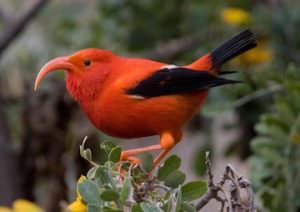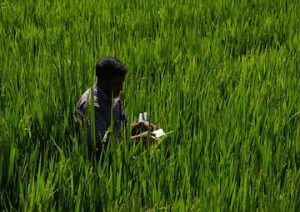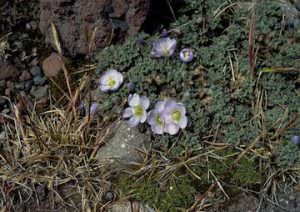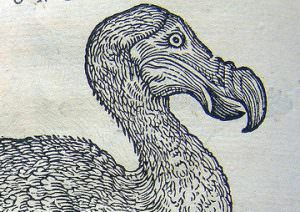Early Springs Surprise Many Species
Several species are struggling to adapt to the increasingly early advent of spring, and some are finding it beyond them.
By Tim Radford, Climate News NetworkThis piece first appeared at Climate News Network.
LONDON — Spring is arriving earlier. This is not necessarily welcome news for Arctic creatures or the roe deer of France. It could be awkward for flower festival organisers as well.
Julienne Stroeve of the US National Snow and Ice Data Centre and colleagues will report in Geophysical Research Letters that the length of the Arctic melt season is growing by several days each decade. When the melt starts earlier, the Arctic Ocean absorbs more radiation: enough in some places to melt four feet in thickness from the Arctic ice cap.
“The lengthening of the melt season is allowing for more of the sun’s energy to get stored in the oceans and increase ice melt during the summer, overall weakening the sea ice cover,” says Stroeve. The Arctic sea ice has now been in decline for four decades.
The seven lowest September sea ice extents in the satellite record have all occurred in the last seven years. A new examination of satellite imagery and data from 1979 to the present shows that the Beaufort and Chukchi Seas are freezing up between six and 11 days later per decade. But the earlier melt is more ominous than the later freeze: the sun is higher and brighter, and delivers more warmth to the seas.
Festival disruption
The earlier spring presents no problems for many plants but it may not be much fun for the organisers of flower festivals who like to announce their events well in advance. Tim Sparks of Coventry University reports in the journal Climate Research that over its 46-year history, the Thriplow Daffodil Weekend in Cambridgeshire in eastern England has been forced to bring its dates forward by 26 days.
The event can attract up to 10,000 visitors, and has raised £300,000 (US $500,000) for charity, so it clearly helps the organisers to set up some advance publicity. Since 1969, mean temperatures in March and April in the UK have risen by 1.8°C.
“The study represents one of the first solid pieces of evidence of flower tourism having to adapt to climate change,” said Professor Sparks. “The issues faced by Thriplow are a microcosm of the wider picture.”
Flower festivals may be able to adapt. Sadly, the roe deer of Champagne have yet to get the message about climate change. To flourish, both nectar seekers and herbivores have to time their breeding patterns to the surge in plant growth.
Three French scientists looked at records of a population of roe deer in the Champagne region of France, and found that although spring has been arriving increasingly earlier, the fawns are being born at around the same dates as they were 27 years ago, and their survival rate is falling, they report in the Public Library of Science journal PLOS Biology. Overall, the roe deer population in the region is also in decline.
Great tits have kept up with climate change, because reproduction is cued by temperature, so they are around at the same time as the explosion in food sources. What sets the biological pace for roe deer is day length, the authors think, and this is not affected by climate change.
Your support matters…Independent journalism is under threat and overshadowed by heavily funded mainstream media.
You can help level the playing field. Become a member.
Your tax-deductible contribution keeps us digging beneath the headlines to give you thought-provoking, investigative reporting and analysis that unearths what's really happening- without compromise.
Give today to support our courageous, independent journalists.






You need to be a supporter to comment.
There are currently no responses to this article.
Be the first to respond.